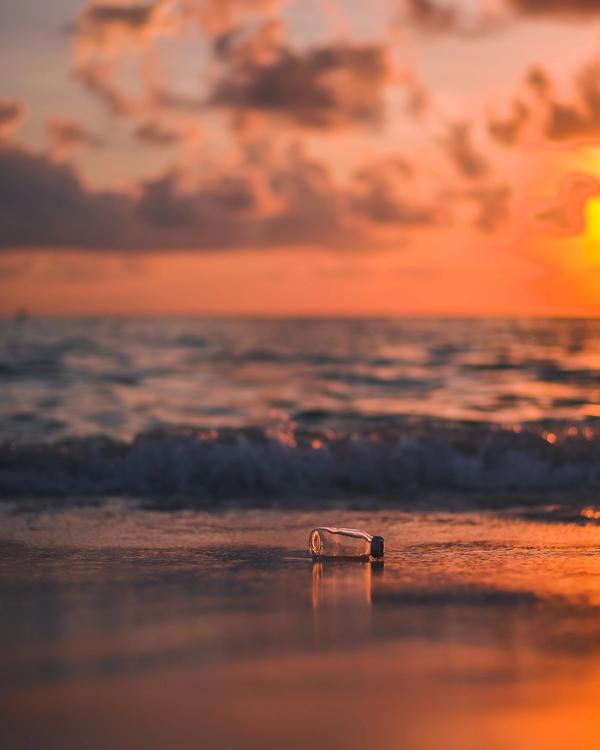Design & Nature Reimagined: Solving the plastic pollution problem
There have been microplastics found in the Puerto Rico Trench; that's how pervasive and indestructible plastics can be. Thanks to my friend Mike (@mdashallanson) for sending this to me. There is no future where we continue to make, use, and dispose of plastics in this way. It's just not feasible. So, this requires an end to end solution. We've got plastics that already exist that we need to deal with, and need a solution to prevent more plastics getting on the market.
This bacteria eats plastic for lunch
A biology major, Morgan Vague, at Reed College discovered a new bacteria a three years ago that can eat and metabolize plastic. She even got to name one after herself, which is pretty cool! And, because nature is just generally amazing, a bacteria was found in a Japanese dump that can eat plastic as well. This was not cultivated in a lab, but rather evolved naturally over time. Which is also... concerning. The plastic has been sitting there so long that nature had time to evolve enough to break it down. And then scientists got their hands on it and changed an enzyme that made it even more efficient than before. The exciting thing about this discovery is that it actually "...turns this plastic back into its original components, so we can literally recycle it back to plastic," according to Professor McGeehan who has been working on the project.
Limitations of snacking bacterium
The catch with both of these options is that although the bacterium that Morgan Vague found can metabolize the "building blocks" of polyurethane, it likely couldn't break everything down itself. And the enzyme they've found to add to plastic eating bacterium is both not optimized and not widely available yet.
Additionally, these bacterium breakdown only one type of plastic called Polyethylene Terephthalate or PET. There are seven types of plastic, and two of the more difficult plastics to get rid of are polyethylene (from things like shopping bags) and polystyrene (from carry out food containers). We still don't have solutions for the remaining plastics.
But, oil prices have been fluctuating recently—prices went negative mid 2020 last year, meaning there was a lot of oil sitting around, but nobody wanted it. And public awareness of and pushback against the oil industry and the lies they've been pushing since the 1970s means that we have an opportunity to move beyond oil.
We need to more of a circular economy model, which is a means of production that designs out waste and pollution. Secondly, making businesses financially responsible for safely, efficiently, and environmentally safe way should be part of this plan.
Making a different type of plastic
Since we need to get out of the plastic game altogether, what about looking toward alternatives that still allow us to have the durability of use without making a centuries long decision every time we use a plastic container. I can't stress enough that plastic isn't biodegradable, but rather just degradable. It can be cut up or ground down into tiny pieces (hey microplastics again) but it never breaks back down into soil. So each time we use plastic we are making a pretty permanent decision. But, there are some new alternatives in sight that could give us new, safer options. One is a biodegradable coffee capsule made from sunflower seed husks. This is also a bi-product of the food industry, meaning we're back to this circular economy idea. There are downsides to this type of product—cost of production and shelf life to name the first two—but it shows us what is possible and a step forward.
That's all for today, and I'm going to leave you with a picture of a beautiful sunset, but I also want you to see the plastic that's in the shot. We have beauty here, and we need to protect it.

